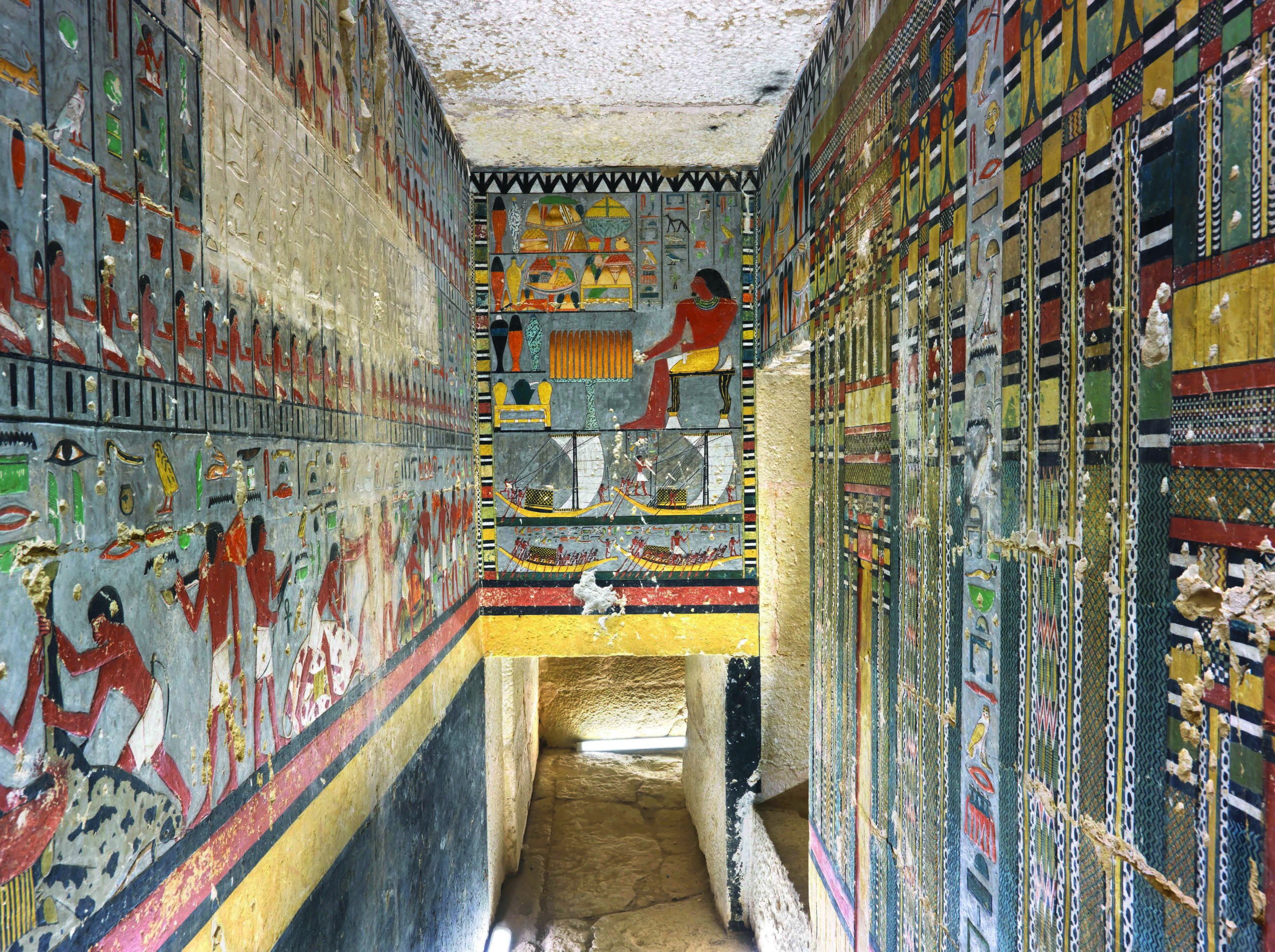MUNAKATA, JAPAN—The Asahi Shimbun reports that Izumi Nakai of Tokyo University of Science conducted a fluorescent X-ray analysis of a fragment of a cut glass bowl unearthed at Japan’s Munakata Taisha shrine. The results of the testing suggest the bowl was crafted in Persia by mixing the ashes of plants with molten glass sometime between A.D. 226 and 651. Similar glass artifacts, also dated to the era of the Sassanian Empire, have been found in Iran and Iraq. Unique, pebble-shaped glass ornaments recovered from the site, which is situated on the tiny island of Okinoshima off the northern shore of the island of Kyushu, are thought to have been made by reprocessing Sassanian glassware sometime between the late fifth and seventh centuries. In all, more than 80,000 artifacts have been unearthed at the shrine. “We were able to gain very precious insight into where the unearthed items were created, the route used to bring them to Japan, and the degree of influence of those involved in the ceremonies where such glassware was used,” said Makiko Fukushima of the Munakata Taisha Shinpokan Museum. To read about evidence for Paleolithic fishing that was uncovered in Okinawa, go to "Japan's Early Anglers."
Ancient Persian Glassware Identified in Japan
News March 3, 2020
Recommended Articles
Features September/October 2025
Myth of the Golden Dragon
Eclectic artifacts from tombs in northeastern China tell the story of a little-known dynasty

Features May/June 2025
Lost City of the Samurai
Archaeologists rediscover Ichijodani, a formidable stronghold that flourished amid medieval Japan’s brutal power struggles
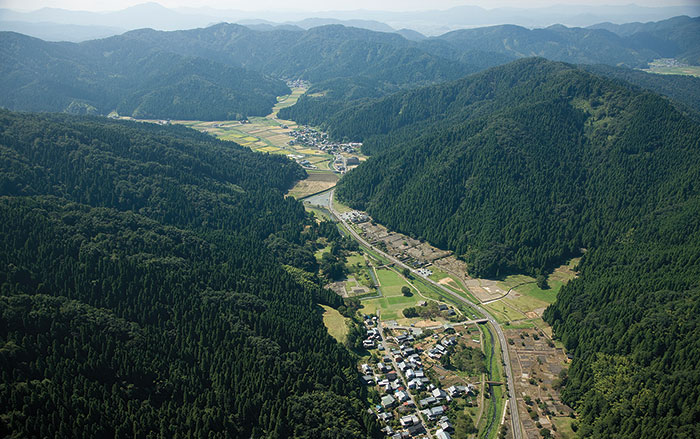
Digs & Discoveries March/April 2023
Weapons of Choice
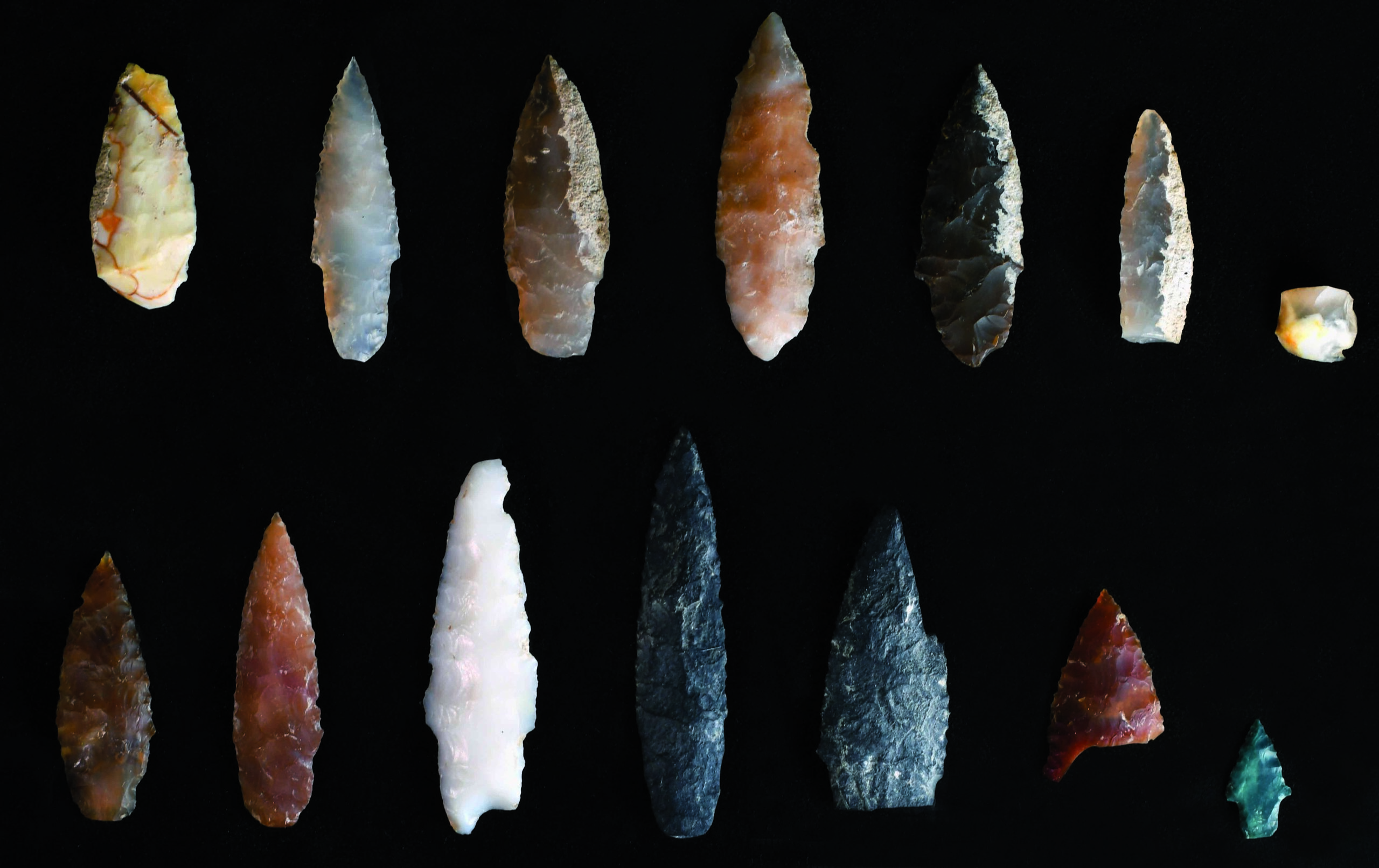
Digs & Discoveries January/February 2022
Japan's Genetic History
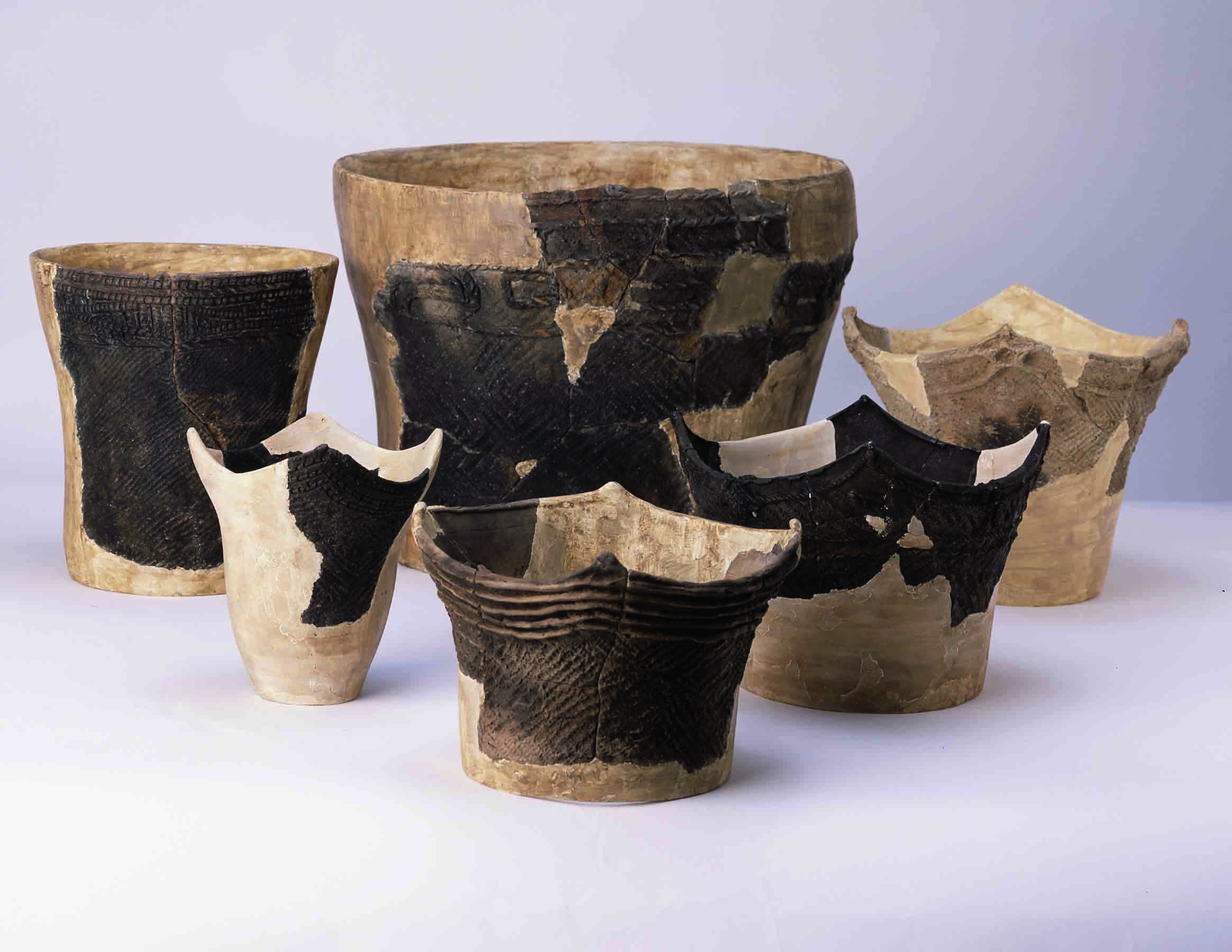
-
Letter from Ireland January/February 2020
The Sorrows of Spike Island
Millions were forced to flee during the Great Famine—some of those left behind were condemned to Ireland’s most notorious prison
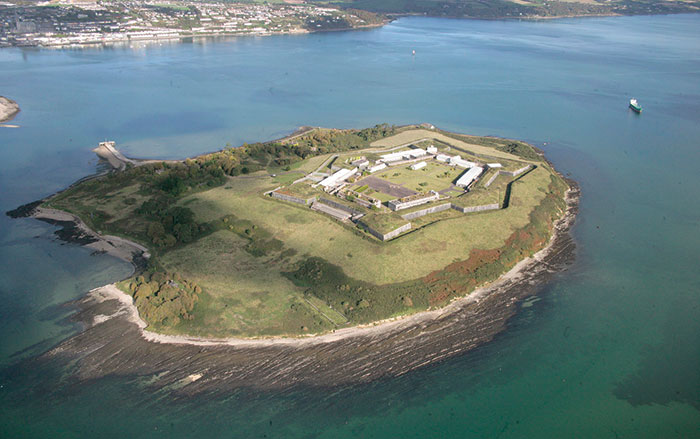 (Courtesy Barra O’Donnabhain)
(Courtesy Barra O’Donnabhain) -
Artifacts January/February 2020
Bronze and Iron Age Drinking Vessels
 (Alexander Frisch, Museen der Stadt Regensburg)
(Alexander Frisch, Museen der Stadt Regensburg) -
Digs & Discoveries January/February 2020
The Man in Prague Castle
 (Prague Castle excavations, Institute of Archaeology, Prague)
(Prague Castle excavations, Institute of Archaeology, Prague) -
Digs & Discoveries January/February 2020
As Told by Herodotus
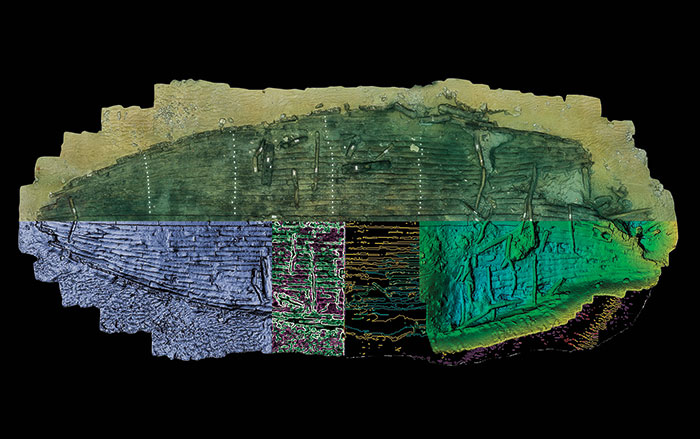 (Christoph Gerigk © Franck Goddio/Hilti Foundation, franckgoddio.org)
(Christoph Gerigk © Franck Goddio/Hilti Foundation, franckgoddio.org)


